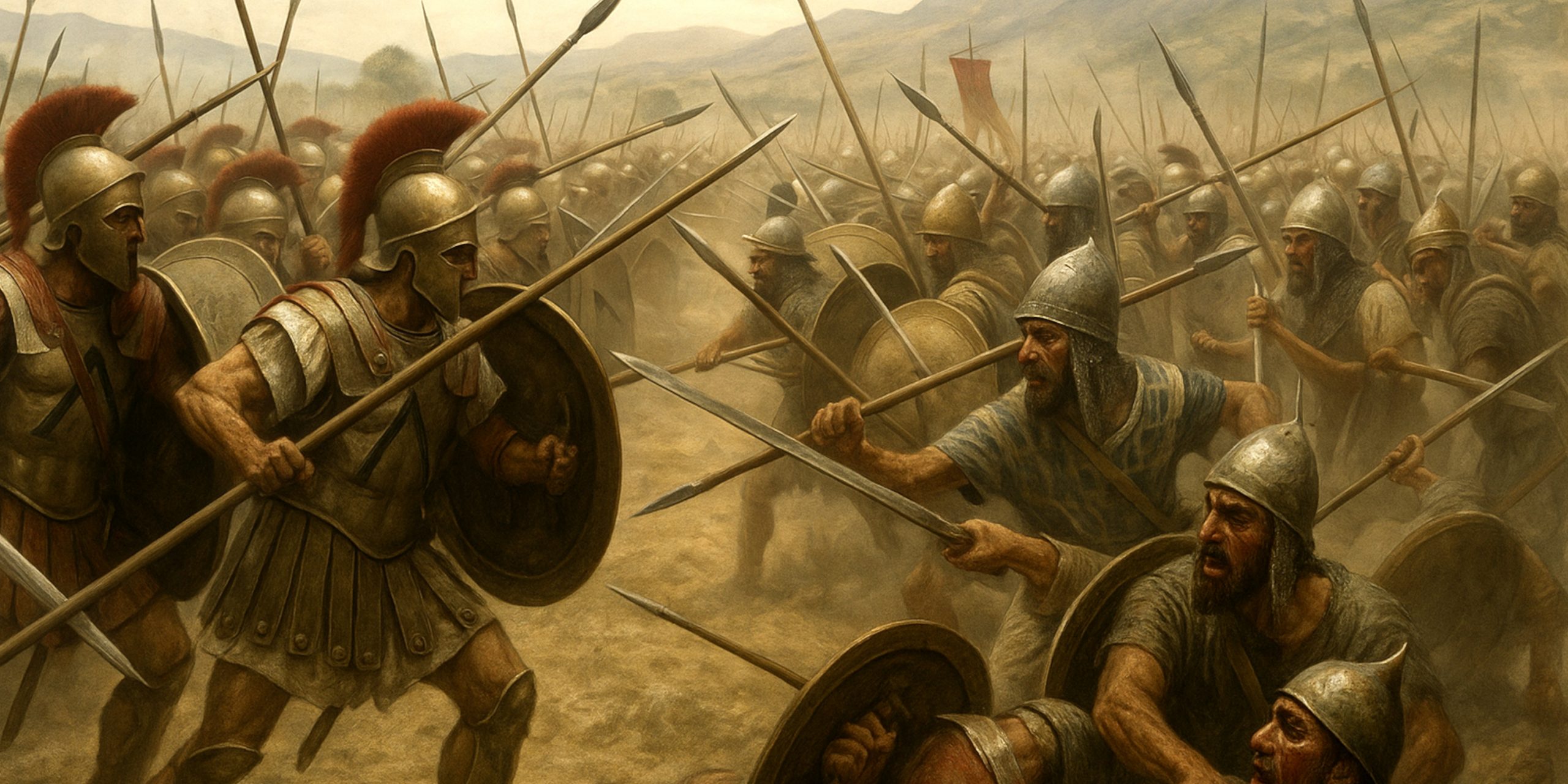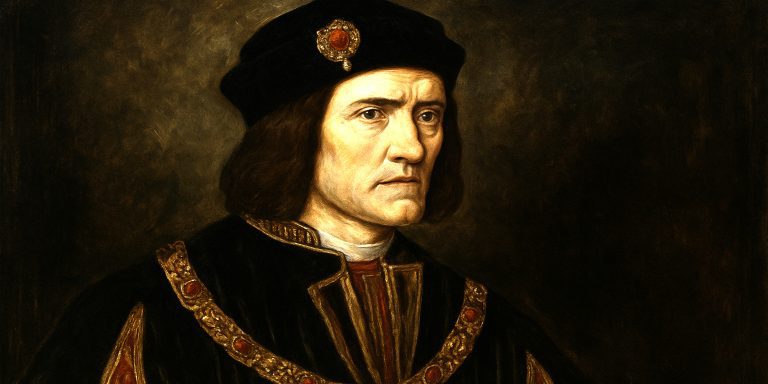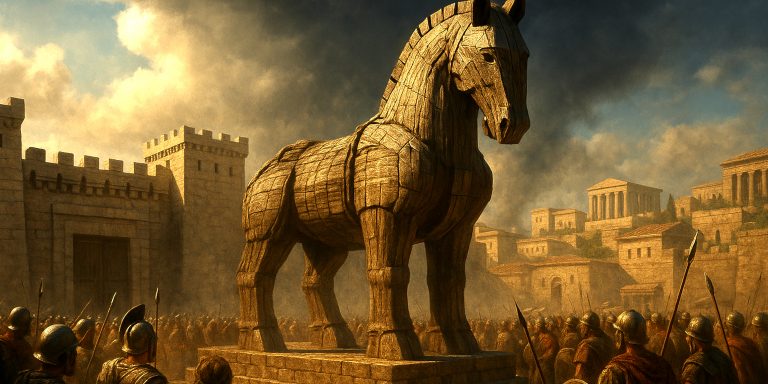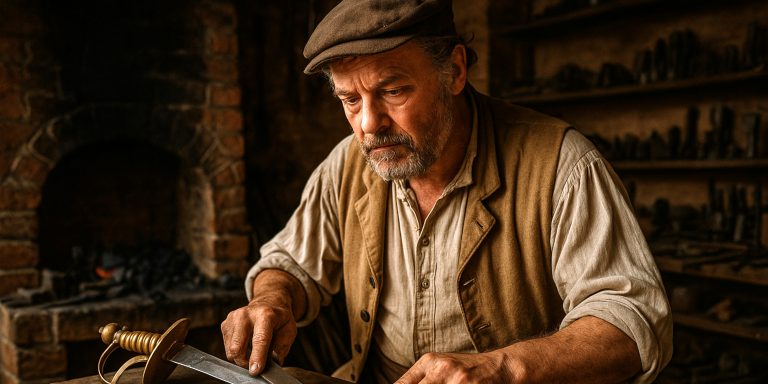
The Battle of Plataea, fought in 479 BCE, marked the decisive land victory for the Greek city-states over the Persian Empire during the Greco-Persian Wars. Coming after the famous stand at Thermopylae and the naval triumph at Salamis, Plataea effectively ended Xerxes’ campaign to conquer Greece and reasserted Greek control over their homeland.
Background
After the Persian defeat at Salamis, Xerxes retreated to Asia, leaving General Mardonius to continue the fight in Greece with a large army. Mardonius sought to divide the Greek alliance and secure a decisive victory on land. Athens was once again threatened and temporarily evacuated. The Spartans, pressured by appeals from Athens, finally agreed to march north.
The resulting coalition army, made up of soldiers from across the Hellenic world, assembled near Plataea in Boeotia, facing the Persian forces in a drawn-out standoff that lasted several days before erupting into a full-scale battle.
Forces
The two opposing sides were sharply different in composition and fighting style. The Greeks fielded heavily armoured hoplites in close formation, while the Persians relied more on cavalry, archers, and lightly armoured infantry from across their empire.
Greek Alliance Forces
| City-State | Estimated Troops | Notes |
|---|---|---|
| Sparta | 45,000 (5,000 Spartiates, 35,000 helots, 5,000 perioikoi) | Elite infantry core |
| Athens | 8,000 | Light troops and hoplites |
| Corinth | 5,000 | Heavy infantry |
| Megara, Sicyon, others | ~20,000 | Mixed levies and hoplites |
| Total | ~80,000 | Mostly infantry, some cavalry |
Persian Forces
| Region/Unit | Estimated Troops | Notes |
|---|---|---|
| Persian Infantry | ~40,000 | Including the Persian Immortals |
| Allied contingents | ~60,000 | Medes, Bactrians, Sakae, others |
| Cavalry (Thessalian + Persian) | ~15,000 | Mobile and effective early on |
| Total | ~100,000–120,000 | Diverse, mixed equipment and skill |
Arms and Armour
Greek Hoplites
- Helmet: Corinthian bronze helmet with cheek guards
- Main Weapon: 2.5–3 metre thrusting spear (doru)
- Shield: Large round hoplon, wood with bronze facing
- Body Armour: Bronze cuirass or linothorax (linen composite), greaves
- Formation: Phalanx, highly disciplined, shoulder-to-shoulder line
Persian Infantry
- Helmet: Often lacked, or used soft caps (tiaras)
- Main Weapon: Short spear, composite bow, akinakes (short sword)
- Shield: Small wicker shield
- Body Armour: Quilted linen or scale armour
- Tactics: Skirmishing, archery volleys, hit-and-run cavalry
Battle Timeline

Late August 479 BCE
- Greeks advance into Boeotia and take position near Plataea.
- Mardonius tries to lure Greeks into open combat.
- Greek forces hold high ground and water access, avoiding battle.
Several Days of Skirmishing
- Persian cavalry disrupt Greek supply lines.
- Mardonius burns supply routes and harasses with archers and cavalry.
- Greeks are forced into a night-time retreat to secure water.
Morning, Main Battle Begins
- Mardonius mistakes the Greek repositioning for a full retreat.
- Persian forces pursue, lose cohesion.
- Spartans, Tegeans, and Athenians hold their ground.
- Mardonius is killed by a Spartan soldier during the melee.
- Persian morale collapses; troops rout and retreat to their fortified camp.
Aftermath
- Greek forces breach the Persian camp.
- Survivors are killed or scattered.
- The remaining Persian forces in Greece withdraw permanently.
Archaeology
The site near modern Plataea remains largely agricultural but has yielded key finds:
- Bronze spearheads and arrowheads typical of both Greek and Persian armies.
- Burial sites with remains showing trauma consistent with close-quarters combat.
- Pausanias, the Greek commander, erected a victory monument later seen by Herodotus.
- The Serpent Column, dedicated to the gods, was taken to Delphi and later Constantinople.
These artefacts, while sparse, support ancient descriptions of the battle’s scale and composition.
Contemporary Quotes
Herodotus, writing within living memory of the event, described the moment of victory:
“So perished Mardonius, having wrought many evil deeds against the Greeks. And with his death, the barbarians were scattered.”
A Spartan warrior, quoted in later traditions, is said to have remarked:
“We stood not for Plataea alone, but for all of Hellas.”
Legacy
Plataea closed the chapter on Persia’s land campaign in Greece. Though minor clashes continued, the united Greek victory proved that disciplined infantry and local knowledge could repel even the might of the Persian Empire. The battle strengthened pan-Hellenic identity and ensured that the Greek city-states would continue shaping their own destinies for generations to come.
Watch the documentary:



